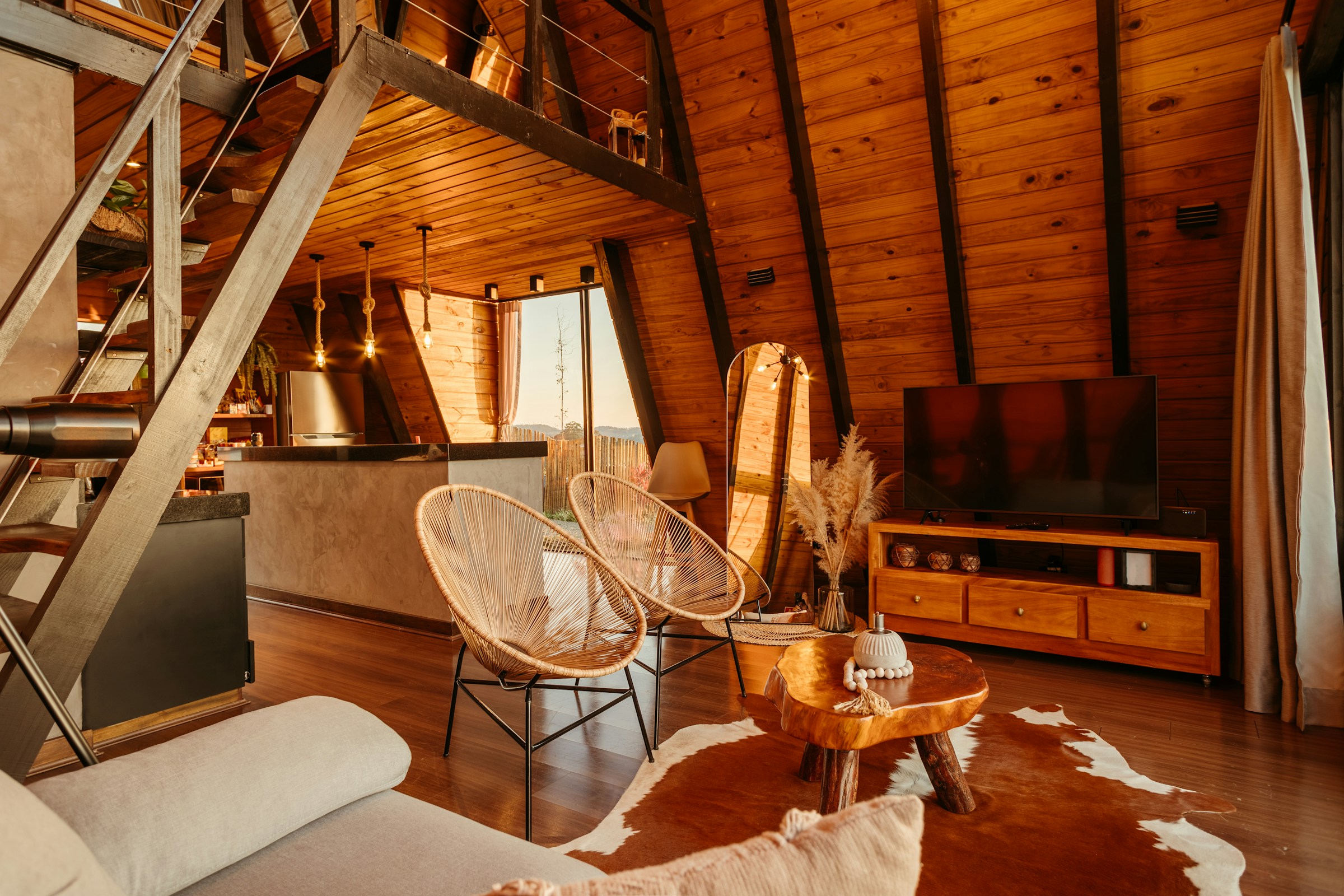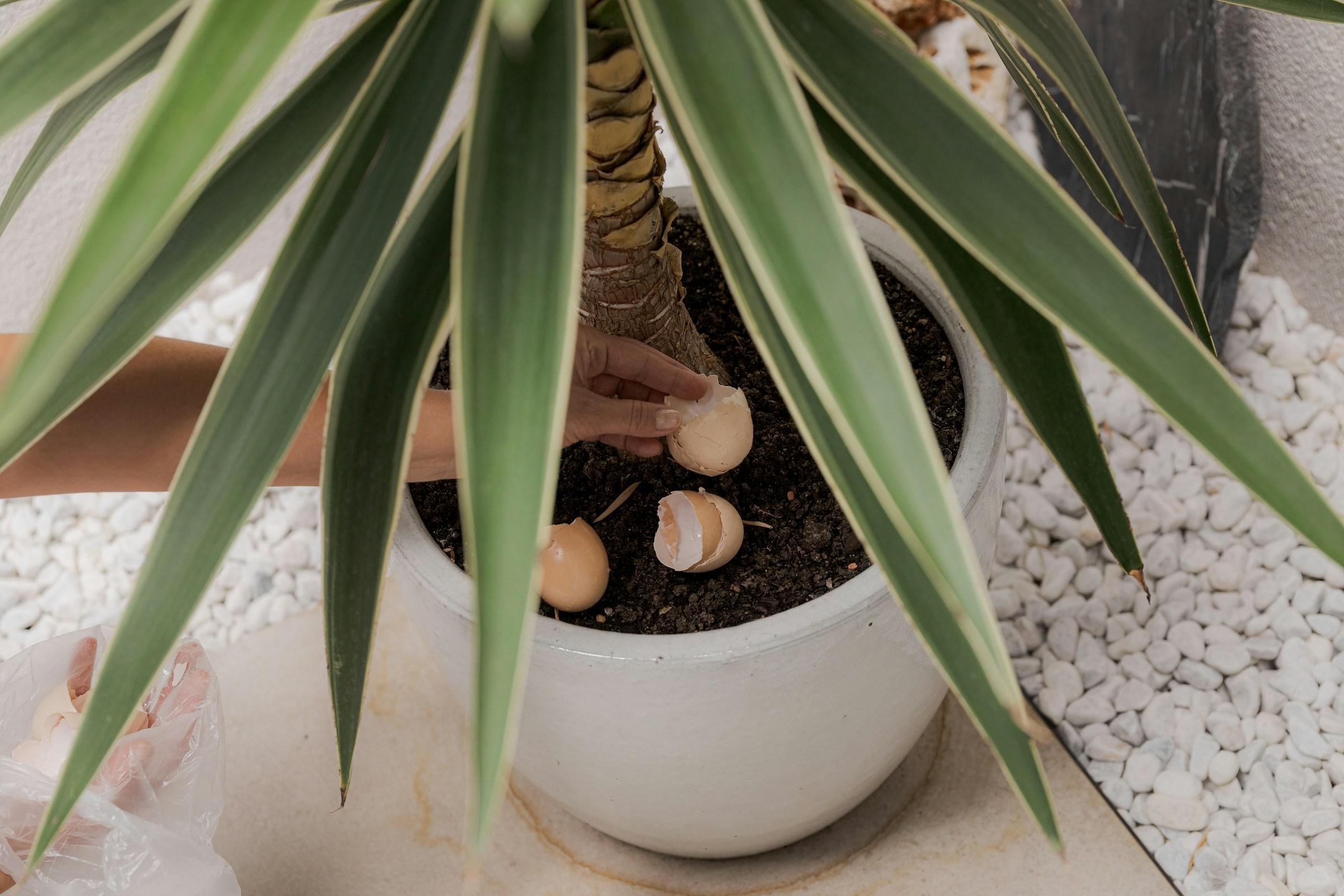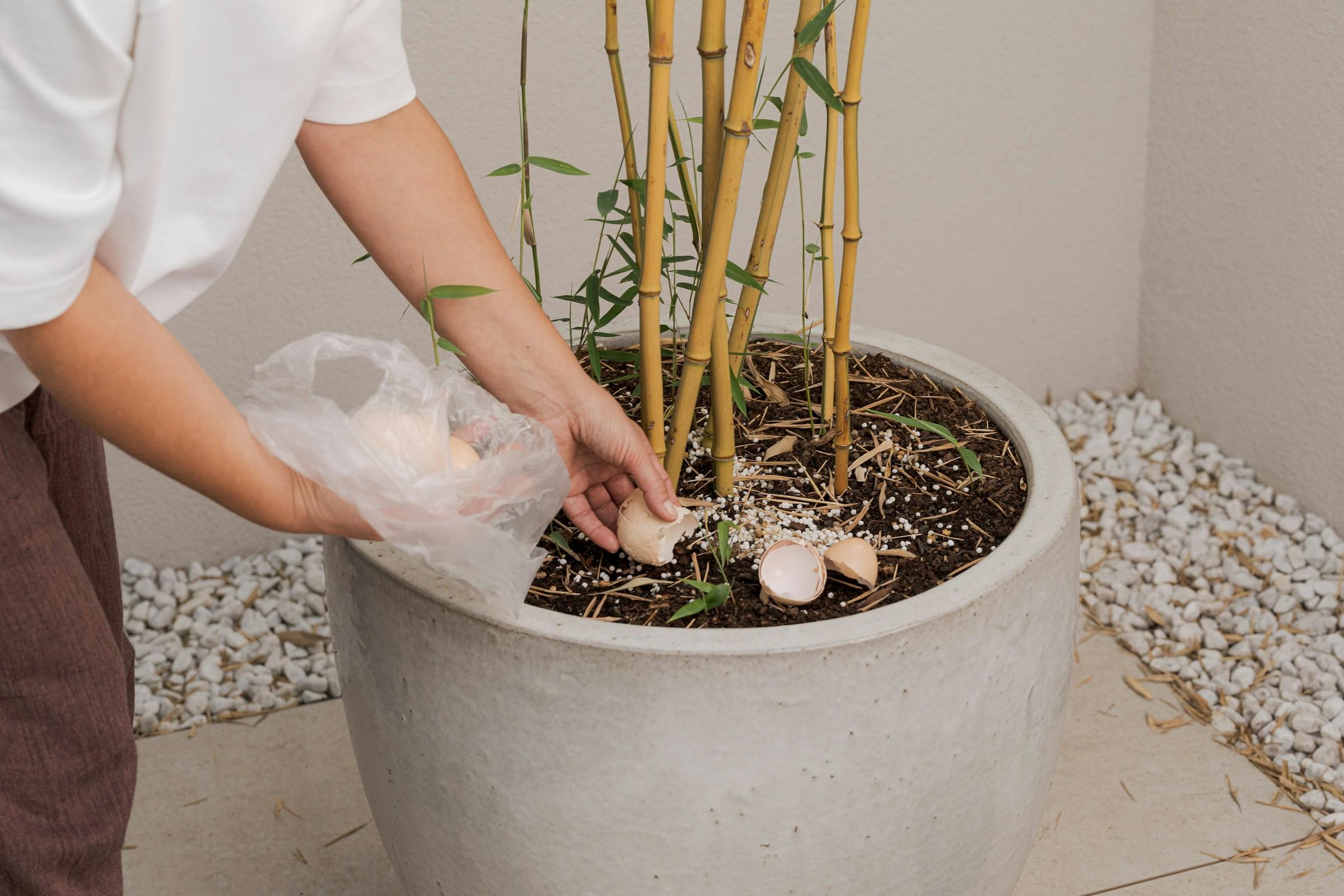Morning in a Hong Kong flat moves fast. Elevators hum, kettles click, the city finds its pace. What steadies you is not always silence. Sometimes it is a material that absorbs rush and returns warmth. A walnut stool by the entry that invites you to pause. An ash dining table that dims the clatter of ceramic and cutlery. A pale oak slat wall that catches light like linen. Wood has always had this gift. In a city that edits life down to what fits a lift, it may be the most generous luxury we can choose.
Quiet luxury has never been purely about price. It is about restraint and the confidence to let craft speak. Wood makes that choice visible without shouting. Grain tells a story you can trace with your fingers. Weight grounds furniture so it does not look like it might tip with the next WhatsApp notification. Finish softens glare from glass and stone, two materials that dominate high-rise living. The effect is not just aesthetic. It is a shift in how a home behaves.
Function sits beneath the beauty. Wood settles sound in tight spaces where echoes magnify stress. Turn on a playlist in a plaster-and-tile box and the treble bounces. Add a timber media console, a ribbed oak panel behind a sofa, or a cork rug underfoot and the acoustics exhale. Touch matters too. A solid wood handrail or the rounded edge of a maple desk invites contact. When objects feel good in the hand, we handle them with care, and homes start to age with character rather than damage.
Humidity is the honest concern in subtropical apartments. The answer is not to avoid wood but to choose it wisely. Engineered planks with stable cores keep floors true when the air gets heavy after a storm. Oily species like teak stand up to wet bathrooms and balcony mist if you give them breathing room and a gentle wipe. A wipe-on oil finish, rather than a thick plastic varnish, lets timber expand and contract with the seasons while keeping repairs simple. When you live tall and tight, maintenance has to be ordinary. Oil, dry cloth, good airflow. Nothing heroic.
Color does more work than we often allow. New luxury in Hong Kong is shedding high-contrast black-and-white staging for quieter joining tones. Think honeyed oak paired with stone in the same warmth band, linen drapes that lean cream not gray, bronze hardware instead of chrome. The palette looks calm because it speaks one language. In small rooms, that unity is the difference between collection and collage.
Scale and proportion turn wood from heavy to humane. A thick farmhouse table in a Sheung Wan walk-up will crowd the room. A slimmer 28 millimeter top, slightly eased corners, legs that taper rather than club, and the piece feels like a companion rather than a presence. Slatted surfaces do double duty, delivering texture while venting the storage they conceal. An oak shoe cabinet with timber louvers will keep sneakers from souring and your entry from smelling like afterthought. Ventilation is its own kind of luxury in dense housing.
Built-ins make the most of every centimeter, but they do not have to look built-in. A fluted oak wall hiding a sliding panel can carry a sofa vignette by day and reveal a compact study by night. A low ash bench beneath a window doubles as storage for blankets when the first cool wind of the year surprises you. A ribbed headboard, shallow but wide, can give a bedroom a moment of architecture without stealing floor space from circulation. The goal is to create a space that rehearses your best habits and hides what would trip them.
Kitchens deserve special attention. If you cook often, a butcher block station changes prep from chore to ritual. A small rectangle of maple on sturdy feet becomes the landing pad for ingredients and the reason you chop at home rather than order in again. If you rent and do not want to modify cabinetry, swap out handles for wooden pulls that warm the line of the doors. Keep the old hardware in a labeled bag. Reversible changes are a tenant’s best friend.
Bathrooms can host wood if you choose pieces that like water. A teak bath mat feels like a boardwalk after a swim and dries faster than cotton on damp days. A walnut mirror frame lifts the tone of standard white tile. A small stool in the shower turns conditioning time into seated pause, which is a luxury no appliance can replicate. The trick is to avoid hovering anxiety. Select items that wear patina well, then let them live.
The romance of reclaimed wood sits naturally with the city. Old beams from village houses, planks from decommissioned factories, and offcuts from ship repair all carry marks that predate your tenancy. These surfaces tell true stories and forgive new scratches. If reclaimed is not available, look for certified sources. Forest stewardship matters more when the material is in high demand. Buying fewer, better wooden pieces is not just style. It is a consumption ethic that understands cycles.
For renters, freestanding timber makes transformation possible without deposits on the line. A bamboo-and-wood shelving system can divide a studio into zones without installing a wall. A foldable oak screen creates a dressing corner by day and a backdrop for friends by night. A compact Japanese-style bench anchors an entry ritual in flats with no foyer. Furniture that can move with you becomes a portable ritual kit, not a sunk cost.
There is a cultural echo that gives wood extra resonance here. Bamboo scaffolding climbs towers with agility and trust. Dim sum bamboo steamers perfume weekend mornings. Tea houses soften light with wooden lattice that throws shadows like quiet calligraphy. Bringing wood home is not importing a trend. It is remembering a local language and speaking it in modern forms. A kitchen with a small tea tray that lives out all day will be used. A rattan pendant above the table will soften a ceiling that once felt too close.
Care is part of the pleasure. Small habits protect timber and make rooms feel cared for. Felt pads under chair legs keep floors crisp. Coasters stop rings before they start. A seasonal oiling ritual takes less time than a streaming episode and smells like citrus and calm. In humid months, crack a window in the early morning and run a dehumidifier for a short burst in late afternoon. Routine beats rescue. When the system is simple, you will repeat it.
Technology does not have to disappear. Screens sit more gently when framed by wood rather than plastic. A low walnut media unit with sliding doors lets you hide devices in seconds. A desktop monitor on an oak riser looks like it belongs in a study instead of a server room. Smart speakers tucked into a timber shelf play along with the room rather than taking center stage. Wood does not reject modern life. It domesticates it.
Lighting completes the conversation. A rice paper lantern diffuses LED brightness into a cloud that flatters skin and calms the mind. A wooden sconce near the bed makes reading at night feel like a nightly ritual rather than a last scroll in harsh light. Place lights at three heights so the room can meet dawn, afternoon, and late evening with equal grace. Wood shifts with that light more than any surface. That is part of its magic.
Money can be a quiet ally instead of a driver. You do not need a home full of oak to feel the effect. Start with one generous object that earns your hand every day. A dining table you work and eat at. A coffee table that invites books to stay open. A headboard that holds your first glass of water and last thought. Let that piece slow the room. Add slowly. Wood rewards patience and punishes impulse.
The social media version of quiet luxury can look like beige fatigue. In real rooms, warmth and nuance keep sameness away. Mix species gently and let finish harmonize. Walnut next to ash can sing if both are oiled to a similar sheen and tuned by a shared undertone. A vintage elm stool can sit beside a new oak table if the story is function and not matching. If you are unsure, let the room test your choices. Live with a piece for a week. Notice if you reach for it. Good wood asks to be used.
In Hong Kong, space is often borrowed from the future. We schedule life into slots and treat home like a layover. Wood interrupts that habit. It rewards sitting, touching, and staying a moment longer. The new status symbol is not a branded coffee table book. It is the table itself, crafted well enough to survive moves and confident enough to carry next year’s taste. That standard has nothing to do with volume and everything to do with values.
This is why the phrase quiet luxury wood interiors Hong Kong resonates right now. It names an instinct already growing in the city, a shift toward materials that help homes breathe even when the windows barely open. It offers a way to invest in a life you can repeat, not just a look that photographs well. It marks a move from styling to stewarding.
You can feel the difference when you walk in the door. The bench is there, with a tray for keys and mail. The cabinet breathes. The hall light glows through slats like late sun. Your shoulders drop before you notice they were high. No one will see that moment on a feed. You will feel it every day. That is the real luxury, and it is not loud at all.
In the end, wood is more than a trend. It is a practice. It asks for care and gives back calm. It joins high-rise energy to human pace. It lets renters touch legacy and owners choose restraint. It carries both the city’s confidence and its craft. If the next wave of taste in Hong Kong is quieter, warmer, and more grounded, it will sound like this material underfoot and in the hand, steadying rooms that have long been ready to exhale.







